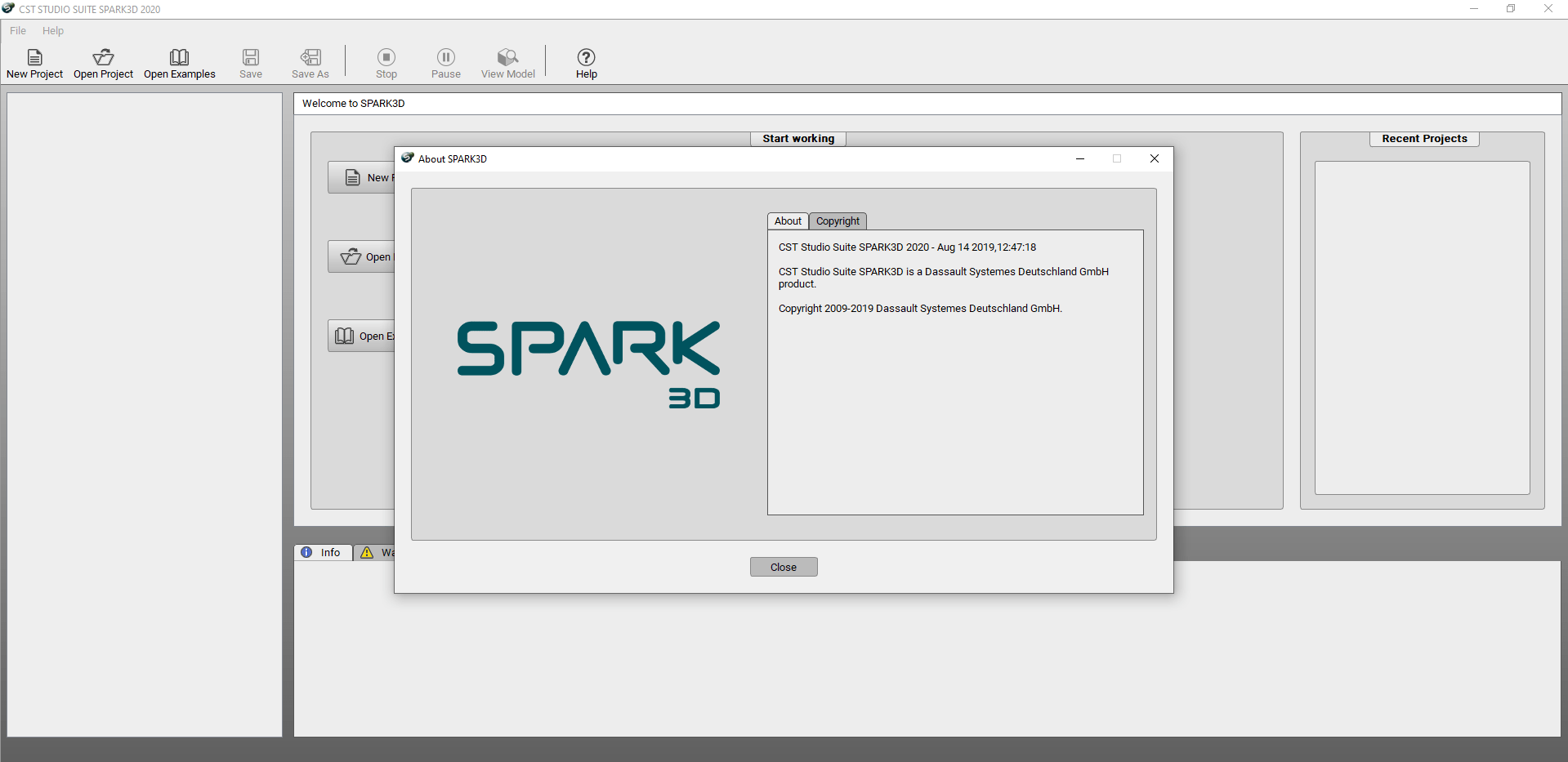
CST STUDIO SUITE 2014 introduces wizards to make it easier to set up SAM projects, especially for field source and multiphysics projects, as well as improved SAM integration for PCBs. Once the blocks are in place, the next step is to define the tasks. These can be connected together with models from other CST modules and from tools such as IBIS and SPICE to form systems for circuit simulation, or converted with a single button press into a combined 3D model for full-wave simulation. To make it easier to build up the system, the library of RF and microwave ‘blocks’ in CST DESIGN STUDIO™ has been enlarged to include more components such as amplifiers, couplers and waveguide elements. These workflow cycles allow effects such as heating, thermal expansion and Lorentz forces to be fed back into the EM field solvers, making it easier to analyze applications such as filters and cavities which can be very sensitive to deformation. The flexible configuration of the workflow sequence allows the user to easily define both simple simulation series and more complex nested workflows including feedback.



Figure 1 The surface current distribution on a blade antenna (a), and the equivalent near field source (blue box) representing the antenna on a vehicle (b).Īt its core, SAM is built on two ideas: breaking down complex systems into individual elements, and splitting the simulation workflow into a set of fundamental tasks to be carried out automatically.


 0 kommentar(er)
0 kommentar(er)
